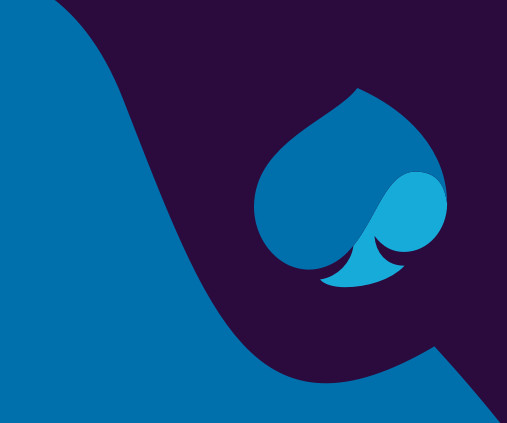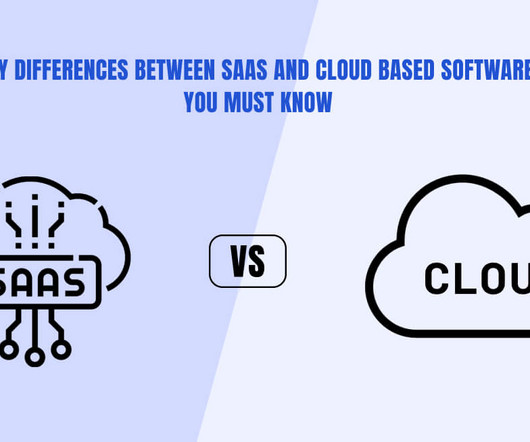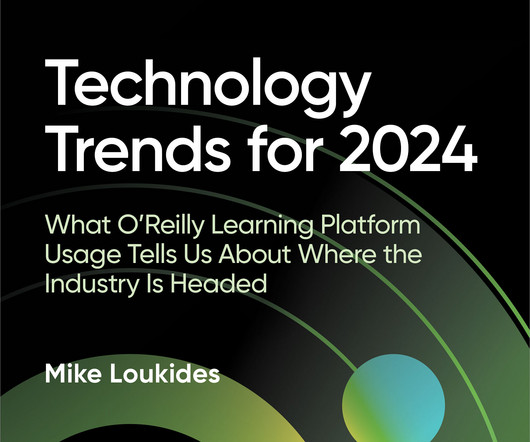What to expect from AI in the enterprise in 2025
CIO
DECEMBER 9, 2024
As AI offerings from cloud providers such as Microsoft Azure, AWS, and Google Cloud develop in 2025, we can expect to see more competitive pricing that could help keep a check on costs for enterprises. However, this will depend on the speed at which new AI-ready data centers are built relative to demand.



















Let's personalize your content